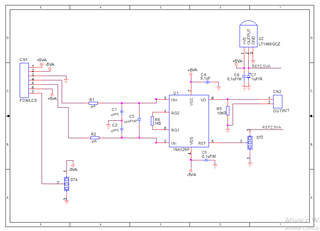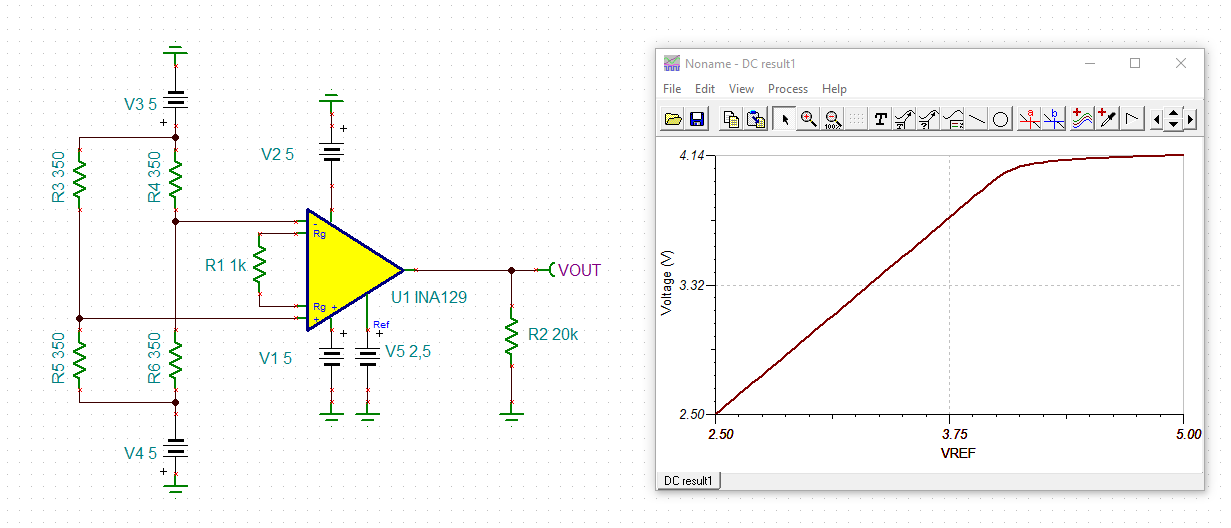Other Parts Discussed in Thread: REF3312, , REF3325, REF5025
Tenho um circuito que utiliza o Amplificador de Precisão INA129P, quando utilizando o modelo INA129PA, a saída do mesmo apresenta-se próxima da tensão V+. O ganho do circuito é 50, fonte V+ (+5V) V- (-5V), Ref. 0V, Vin (0-20mV medição de Célula de Carga). Questão: circuito funciona correto para INA129P e não funciona com INA129PA, alguém tem uma dica.






